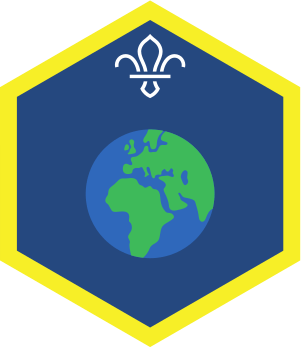
Make Suffragette bead bracelets
You’ll need
- Scissors
- Rulers
- Tape measure
- Colourful beads in purple, green and white
- Elastic
- Letter or alphabet beads
Before you begin
- Use the safety checklist to help you plan and risk assess your activity. Additional help to carry out your risk assessment, including examples can be found here. Don’t forget to make sure all young people and adults involved in the activity know how to take part safely.
- Make sure you’ll have enough adult helpers. You may need some parents and carers to help if you’re short on helpers.
This activity could be run for International Women’s Day, which is celebrated on the 8 March every year. International Women's Day (IWD) is a global day celebrating the social, economic, cultural and political achievements of women. The day marks a call to action for accelerating women's equality. It can also be a great way to introduce young people to inspirational women. International Women's Day has occurred for well over a century, with the first IWD gathering in 1911 supported by over a million people. Find out more about Girls and Women in Scouts.
Planning this activity
- You could look out for key dates in the calendar that you could plan this activity for, such as International Women’s Day.
- Young people can always take their bracelet and beads with them, and they could finish this activity at home.
- Put each letter and each colour bead into a different pot for people to easily find them.
- You might want to set up tables and chairs before starting this activity, with pots of beads on each table.
Who’s Emmeline Pankhurst?
- Gather everyone in a circle.
- Ask if anyone has heard of Emmeline Pankhurst and who she is or what she did. Choose a few people to answer if anyone has put their hand up.
- Explain to the group that Emmeline Pankhurst is remembered for her hard work with the Women's Social and Political Union (WSPU) in the fight to help get British women the right to vote.
- Read out Emmeline’s story.
Emmeline Pankhurst was born on 14 July 1858 in Moss Side, Manchester. As she grew older, Emmeline noticed that women were treated differently to men, and she became motivated to help change that. In 1903 she, along with her daughters Sylvia and Christabel, founded the Women's Social and Political Union (WSPU).
The union, at the time, became known as a 'radical party', which means they used extreme methods to get their message heard. Members were known to smash windows, damage public property and even start fires. Because these methods were sometimes violent, WSPU members became the first women labelled as 'suffragettes', which means a woman seeking the right to vote through organised protest.
This got many women in trouble with the police and some even sentenced to time in prison, where they were treated very badly. When the stories of bad treatment reached the newspapers, it helped to increase support for the suffragette movement. The WSPU created medals, banners and certificates, which they handed out to those who were arrested. The colours were green, purple and white.
In 1914 the First World War began. Emmeline Pankhurst encouraged WSPU members to put their demonstrations on hold, to focus on the war effort. Emmeline asked women to take up roles in factories in support of the men fighting. In response, the government released all WSPU prisoners.
When the war ended in 1918, the Representation of the People Act was introduced, giving women over the age of 30 who owned property, the right to vote.
Although Emmeline lived to see some women gain the right to vote, she died on 14 June 1928. However, just a few weeks before, a law was passed (the Equal Franchise Act of 1928) giving all women over 21 years of age the right to vote. This was the first-time women finally achieved the same voting rights as men.
Introducing this activity
- Ask people what they think of the Suffragettes and the work they did.
- Ask if anyone knows the colours the Suffragettes used. The colours are purple, green and white. Purple represents loyalty and dignity, white for purity, and green for hope.
- Once you’ve read the story, everyone should make a bead bracelet to celebrate the work Emmeline Pankhurst did for women’s right to vote and to mark International Women’s Day.
How to make letter bead bracelets
- Measure and cut a piece of elastic around 28 centimetres long.
- Arrange your letter beads to spell the word of your choice to do with International Women’s Day or the Suffragettes, such as ‘inspire’, ‘respect’, ‘empower’, ‘strong’ or ‘equality’.
- Secure one end of the elastic to your work surface with some sticky tape, then thread on some purple, green and white beads in the pattern of your choice.
- Thread on your letters, making sure they’re in the correct order.
- Once you’ve added your word, continue threading on purple, green and white beads, until your bracelet is around 12 centimetres long.
- Test the bracelet length on your wrist. You can then add some beads or take some away for a perfect fit.
- Once finished, tie the ends together in a tight knot and trim the ends.
- You can add a dab of clear nail polish to the knot to prevent it from becoming loose, too.
Reflection
This activity was all about learning about the Suffragettes and International Women’s Day. Who are the women who inspire you? See if everyone can name one important woman or girl in their lives.
It could be their mother, aunt, grandma, sister, teacher, Scout volunteer, a fictional character (such as Matilda), or a woman in a career they want to do (such as the Lionesses).
Why do you think the Suffragettes were important? Why do you think it’s fair that women can vote equally with men? Do you think things are fair for men and women today and what do you think could still be made better? Why do you think we celebrate International Women’s Day?
The Suffragettes sometimes took part in destruction or violence, but some people argued they should have protested peacefully. At Scouts, we can still make changes locally or more widely too, but we’re a peace movement, so we wouldn’t use destruction or violence. What ways do you think people can host a peaceful protest?
During World War One, Emmeline Pankhurst encouraged WSPU members to put their demonstrations on hold, to focus on the war effort. Emmeline asked women to take up roles in factories in support of the men fighting. In response, the government released all WSPU prisoners. Why do you think the government did this? Do you think women helping in the war effort helped to change people’s minds about allowing women to vote?
Safety
All activities must be safely managed. You must complete a thorough risk assessment and take appropriate steps to reduce risk. Use the safety checklist to help you plan and risk assess your activity. Always get approval for the activity, and have suitable supervision and an InTouch process.
- Scissors
Supervise young people appropriately when they’re using scissors. Store all sharp objects securely, out of the reach of young people.
If anyone needs help or struggles with fine motor skills, give them the opportunity to work in pairs, with a young leader or an adult volunteer. Alternatively, swap out the items for something easier to handle, such as larger beads.
If people may need to support in finding the correct letters or spelling their word, they could ask a young leader or adult volunteer to help them find the letters.
If anyone needs support in using craft items, allow them to work with someone else who can help them or can start the bracelet off for them.
All Scout activities should be inclusive and accessible.

